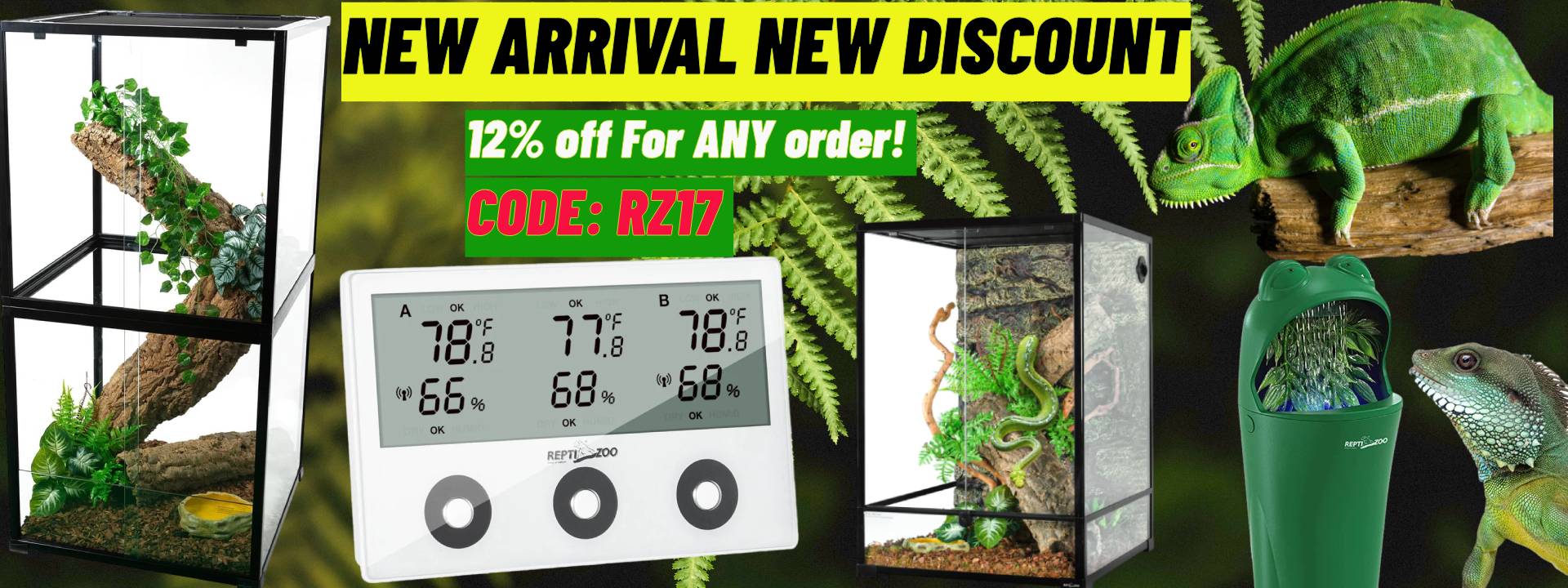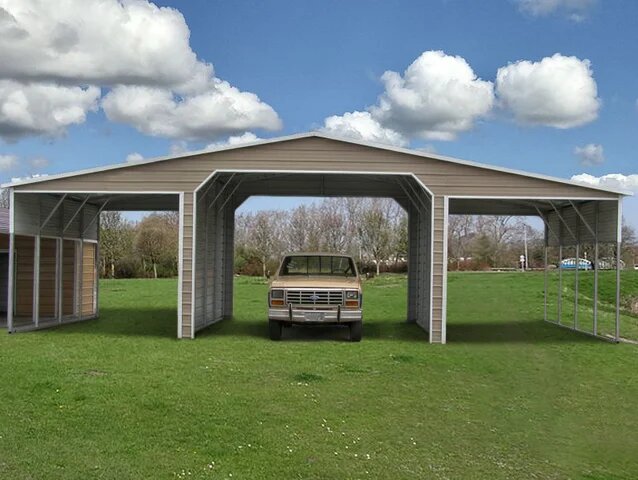Owning a bearded dragon can be an incredibly rewarding experience. These reptiles make fantastic pets, known for their unique appearance and docile nature. However, providing them with the right habitat is essential for their health and happiness. In this article, we will guide you through the process of setting up a bearded dragon tank that ensures your scaly friend’s well-being.
Understanding the Needs of Bearded Dragons
Bearded dragons are native to arid regions, which means they require a habitat that replicates their natural environment. To ensure their well-being:
Proper Temperature and Lighting: These reptiles need a temperature gradient in their enclosure. Provide a basking spot with a temperature around 100°F (37.8°C) and a cooler area around 80°F (26.7°C). Full-spectrum UVB lighting is vital for calcium absorption and overall health.
Ideal Humidity Levels: Bearded dragons thrive in low humidity conditions, typically around 30-40%. Excess humidity can lead to respiratory issues.
Appropriate Enclosure Size: A larger enclosure allows for more movement and better heat distribution. Aim for at least a 40-gallon tank for adult bearded dragons.
Selecting the Right Tank
Choosing the right enclosure is crucial for your pet’s comfort:
Types of Enclosures: Glass terrariums or wooden vivariums are common choices. Each has its pros and cons, so consider factors like insulation and visibility.
Size Recommendations: As your bearded dragon grows, so should its habitat. A hatchling can start in a 20-gallon tank, but be prepared to upgrade as they mature.
Enclosure Material: Opt for non-toxic materials. Avoid cedar and pine due to their aromatic oils that can harm your pet.
Setting Up the Habitat
Creating a comfortable environment involves attention to detail:
Substrate Choices: Newspaper, reptile carpet, or non-adhesive shelf liner are safe options. Avoid loose substrates to prevent ingestion.
Furnishings and Decor: Provide hiding spots, branches for climbing, and rocks for perching. Artificial plants can add a touch of realism.
Creating a Basking Spot: Use a basking bulb to create a warm spot where your dragon can regulate its body temperature.
Heating and Lighting
Proper heating and lighting are essential for your pet’s metabolism and well-being:
Heat Lamps and Placement: Position heat lamps over the basking spot. Ceramic heat emitters can be used at night to maintain proper temperatures.
UVB Lighting Importance: UVB rays aid in synthesizing vitamin D3, which is necessary for calcium absorption and preventing metabolic bone disease.
Light and Dark Cycles: Mimic natural light patterns with 12 hours of light and 12 hours of darkness to regulate your dragon’s internal clock.
Maintaining the Tank
A clean environment promotes good health:
Cleaning Schedule: Remove waste daily and perform a full clean every 2-4 weeks. Disinfect the tank, furnishings, and decor.
Temperature and Humidity Monitoring: Use thermometers and hygrometers to ensure the enclosure’s conditions are within the appropriate range.
Regular Health Checks: Keep an eye on your dragon’s behavior and physical condition. Any sudden changes could indicate a health issue.
Feeding and Hydration
A balanced diet is crucial for your bearded dragon’s health:
Bearded Dragon Diet: Offer a variety of insects, such as crickets, roaches, and mealworms. Leafy greens and vegetables should also be a staple.
Providing Fresh Water: While bearded dragons don’t drink much water, it’s important to have a shallow dish available at all times.
Supplements: Dust insects and greens with calcium and vitamin supplements to ensure your pet gets all the nutrients it needs.
Handling and Enrichment
Socialization and mental stimulation are important:
Gentle Handling Techniques: Start with short handling sessions to get your dragon accustomed to being held. Be gentle and avoid sudden movements.
Enrichment Activities: Introduce toys, mirrors, and safe items for your dragon to interact with. This prevents boredom and encourages natural behaviors.
Avoiding Stress: Be mindful of loud noises and sudden changes in the environment, as these can stress your pet.
Common Health Concerns
Stay vigilant for signs of illness:
Signs of Illness: Loss of appetite, lethargy, breathing difficulties, and unusual behavior could indicate health issues.
Respiratory Infections: High humidity and improper temperature gradients can lead to respiratory problems. Seek veterinary care if symptoms arise.
Parasite Prevention: Regular veterinary check-ups can help detect and treat internal and external parasites.
Bearded Dragon Tank Safety
Ensure a secure habitat for your pet:
Escape-Proofing the Enclosure: Bearded dragons are known escape artists. Secure all openings and ensure the enclosure’s lid locks properly.
Child and Pet Safety: If you have other pets or children, make sure they cannot accidentally harm your dragon or disrupt its habitat.
Secure Lid and Locks: Invest in a quality lid with locks to prevent any unauthorized access to the enclosure.





